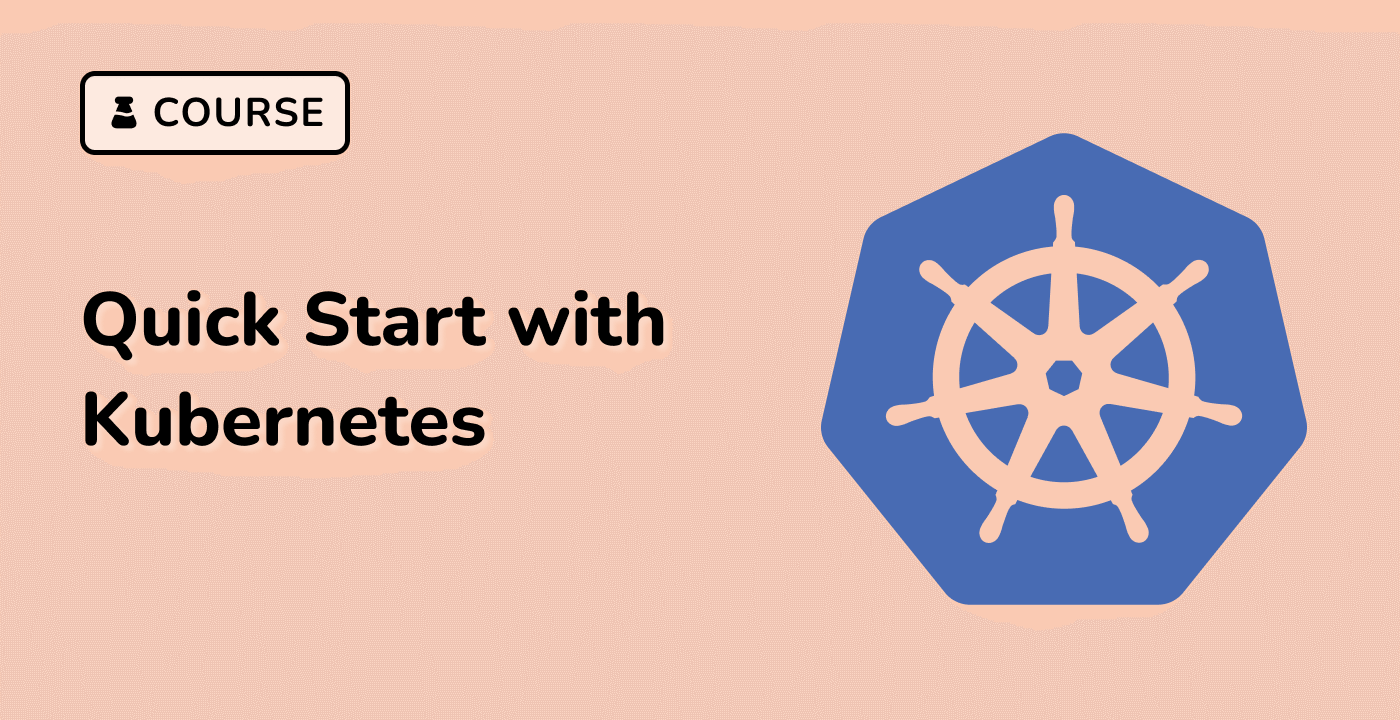Introduction
In Kubernetes, Pods are ephemeral and can be terminated and recreated at any time. This presents a challenge when it comes to networking, as it is difficult to connect to a Pod directly. To solve this problem, Kubernetes provides a higher-level abstraction called a Service. A Service provides a stable IP address and DNS name for a set of Pods, allowing other components to connect to them easily. In this lab, you will learn how to network Pods with Services in Kubernetes.



